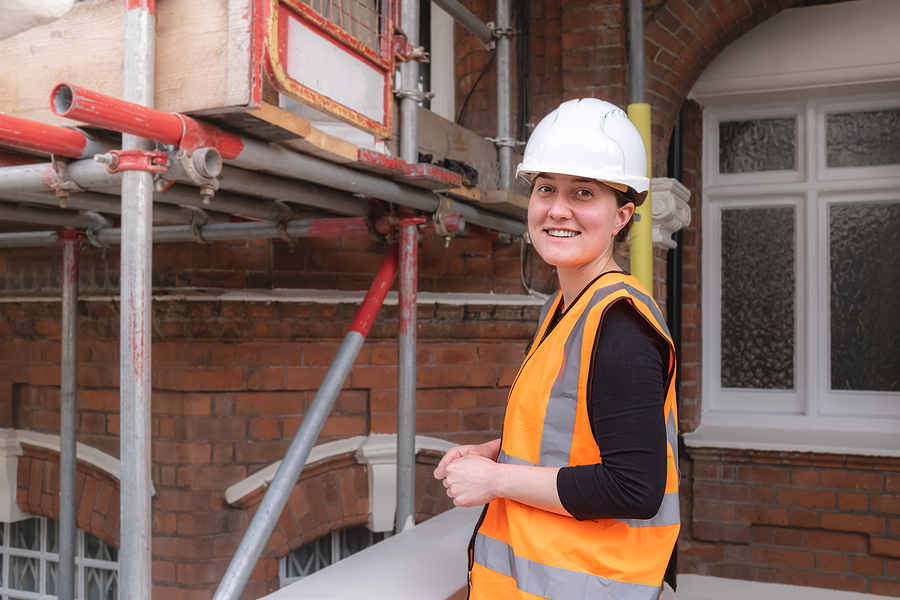Australia could face a shortage of 200,000 engineers by 2040, putting at risk major infrastructure projects and efforts to become a renewable energy leader, a new analysis has found.
Supporting female engineers to enter and stay in the industry could be key to avoiding the shortfall, Professionals Australia has warned, as only two in 10 engineering students were women and they represented just 15 per cent of the engineering workforce.
The report, released on International Women’s Day, also found the gender pay gap in engineering was significantly larger than in other industries, with women paid 24 per cent less than men in architectural, engineering and technical roles.
The issues come despite a huge slate of infrastructure projects in Australia, with $248 billion committed by state and federal governments over the next four years.
The Engineering a Better Future report analysed workforce, immigration and education statistics and discovered Australia would suffer a growing skills gap for engineers, fuelled by higher demand and a high attrition rate.
Just two thirds of Australian engineers worked in engineering roles, it found, and 8.5 per cent of university students graduated with engineering degrees compared to 23 per cent in Germany and 12 per cent in Canada.
Professionals Australia chief executive Jill McCabe said projections for the industry could have dire consequences for growth and the economy.
“It is quite confronting to see projections that we’ll have a shortfall of 200,000 engineers by 2040,” she said.
“If we dig beneath those stats, we see we have been failing to support a sufficient number of students to study and complete an engineering degree.”
Ms McCabe said alarming trends were also limiting the number of women studying engineering and staying in the industry, including a pay gap 10 per cent higher than the average and limited support for flexible schedules.
“There’s a lack of role models, there’s a lack of women in senior roles and a lack of access to flexible work that are all contributing to women to leaving the profession,” she said.
“Employers are not attracting and retaining women in engineering. The number of women participating in the workforce in engineering declines as they get older.”
Practising civil engineer Lindsay Nash said Australia’s education system was failing to support enough students to study engineering and many of those who graduated were leaving the industry, creating a larger problem.
“If Australia is to address its engineering skills shortage, it’s clear that we need to do a better job at preventing this critical skills wastage,” Ms Nash said.
The report recommended governments investigate how to encourage more women to study STEM subjects and achieve pay equity in the industry, while state governments consider introducing a registration scheme for engineers and removing wage caps.
The engineering forecast came one day after an RMIT and Deloitte Access Economics study found a shortage of digital skills was costing Australian businesses $3.1 billion a year in lost revenue, consulting contracts, and reduced productivity.
Jennifer Dudley-Nicholson
(Australian Associated Press)





